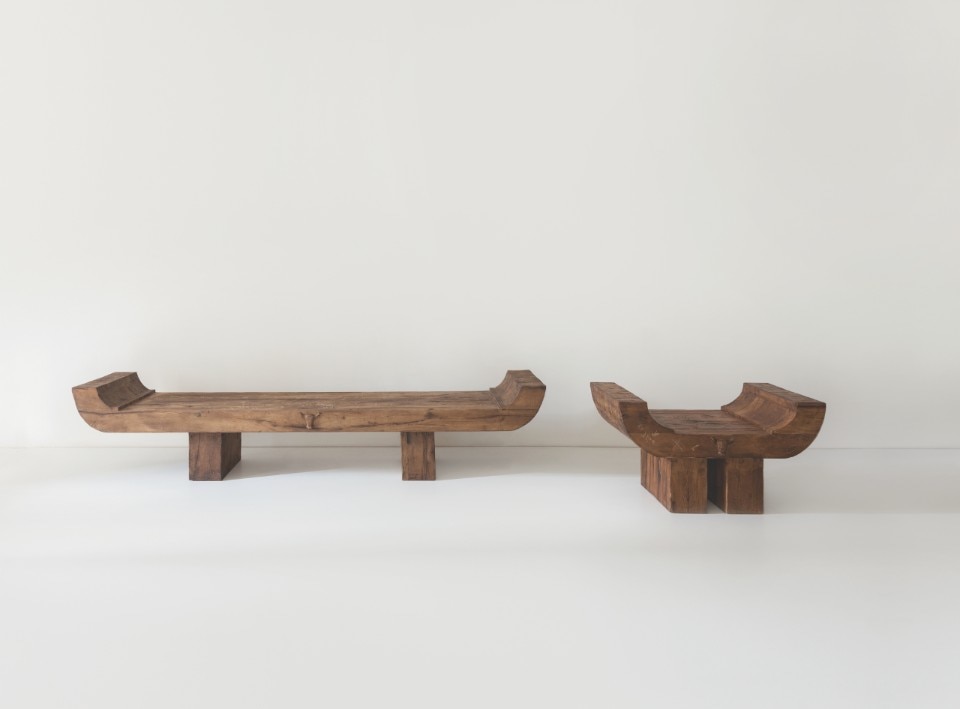“It’s like a jungle sometimes / it makes me wonder how I keep from going under,” raps Melle Mel in 1982. As the MC of the hip-hop group Grand Master Flash and the Furious Five, his sings this chorus in The Message, a song about scenes of ordinary struggle and decay in the hoods of New York City. The song’s imagery is as eloquent as the photographs by Martha Cooper, Robert Herman or Jack Garofalo, all of whom wandered the sidelines of the Big Apple in those same years to portray its essence. In 2017, Rolling Stone magazine rated The Message number one of “100 Greatest Hip-Hop Songs of All Time” writing, “It was the first song to tell, with hip-hop’s rhythmic and vocal force, about modern life in inner-city America.” The Message does not celebrate the spirit of “peace, unity, love and having fun” (Afrika Bambataa and James Brown, 1984), but expresses the anger, disillusionment and marginalisation experienced by African Americans.

From the physical and human fringes of the city came energy similar to a diamond in the rough. It became a source of inspiration to other forms of artistry. The “miseducated” urban subcultures of queers, gabbers, ravers and skateboarders were critical of the surrealism they saw in capitalism. In different ways, they staked out their “right to the city” (see the book Le droit à la ville by Henri Lefebvre, 1968). At the same time, their lifestyles were transformed and absorbed by the creative economy of the Western world.
Like music, recent design has taken inspiration for new projects from underground modes of expression. One example is from Rooms Studio in Tbilisi, Georgia, where the Bus Stop Benches (2018) by the designers Nata Janberidze and Keti Toloraia show citizens' yearning for freedom during the Soviet era. Their memories include school desks and bus stops carved with knives and written on with markers and spray cans. “Perhaps the desire to perform an act of destruction was a hidden protest against the system where nothing belonged to an individual. Or maybe it was motivated by the desire to privatise everything that was public by leaving a personal mark,” say the two women. They presented two versions of the benches as the main pieces of the exhibit “In Circulation” at the 2019 Design Miami trade show, inviting visitors to inscribe their own names and messages, making the seats unique.

A similar need for expression guided many young people from the periphery of New York in the 1970s, who drew their names on the streets and subway trains. This imagery is used by one of the most eclectic figures on the contemporary scene, the fashion designer, artist D.J. and businessman Virgil Abloh, the designer of Louis Vuitton men’s wear. For the presentation of the fall 2019 Vuitton collection in Paris, the catwalk was turned into a street from suburban Big Apple, complete with smoking sewer covers, jazz musicians, road signs and a barber’s pole.
For Galerie Kreo in Paris, Abloh designed a family of 20 pieces of furniture (coffee tables, console-tables, chairs, vases and mirrors) inspired by brutalist architecture and the landscape on the outskirts of the city, where traces of humanity grow in urban interstices like wild flowers in the cracks of cement. Abloh, who grew up in South Side Chicago, looks to work by Lina Bo Bardi, a supporter of the “right to ugliness” as a means to reach a profounder communication with the reality in which she lived. Trying to open the confines of taste, the Italian-born designer Bo Bardi, a naturalised Brazilian, was against harmony, completeness, proportion, balance and symmetry.
For the 2019 Madrid Design Festival, the Catalan designer Guillermo Santomà brought 18 pieces of work from the periphery of Barcelona where his studio is, to one of the most prestigious places of Madrid, the Museo Cerralbo, housed in the former residence of Enrique de Aguilera y Gamboa, the 17th Marquis of Cerralbo. The house–museum is decorated with neo-baroque and rococo elements, and 50,000 artworks: paintings, sculptures, ceramics, weapons and tapestries. With his sculptural pieces, Santomà created a work of anti-gentrification, akin to social movements that use protests and vandalism to oppose the expulsion of the lower social classes from neighbourhoods where real estate is rising in value. His style rudely counters the sumptuous trappings of the aristocratic mansion, giving vitality back to the rooms. “I pass everything through the filter of the popular. I am interested in those places where rich, plural and participatory discourses can still be created, because it is from different and conflicting opinions and feelings that communities are born,” says Santomà.

The Berlin-based designer Jerszy Seymour is the creator of The Council for the Progenesis of the Archaic Festival (2014) for the fabric manufacturer Kvadrat. It is a filmed performance of Seymour chopping up bolts of fabric with a chain-saw. The project is about construction and destruction, archaic and contemporary design, assertion of life and a desire of violence. The obsessive background beat is given by a Roland TR-808 synthesiser (the famous drum machine that formed the basis of Detroit techno music). Seymour begins with a “forest” of standing rolls of material and saws them into seats to create a public space, a place where you can sit down and discuss the fundamental paradox of human nature: conscience, ecstasy, animality, divinity, destruction and violence.
These four designers have interpreted the energy of subcultures by using design as a critical expression in sync with the ethical and aesthetic shapes of our times. Theirs is a new form of “counterdesign” that goes against functionalism and the optimisation of contemporary design. Our hope is that these projects may exit the galleries, museums and sitting rooms of the privileged few to bring back to the street the liveliness that new forms of control and “rehabilitation” attempt to subsume and neutralise. A question we can ponder is if the new counterdesign might become a kind of disturbance like punk music used to be.








































